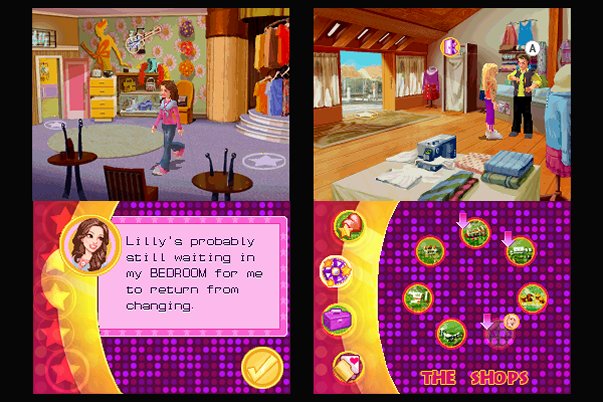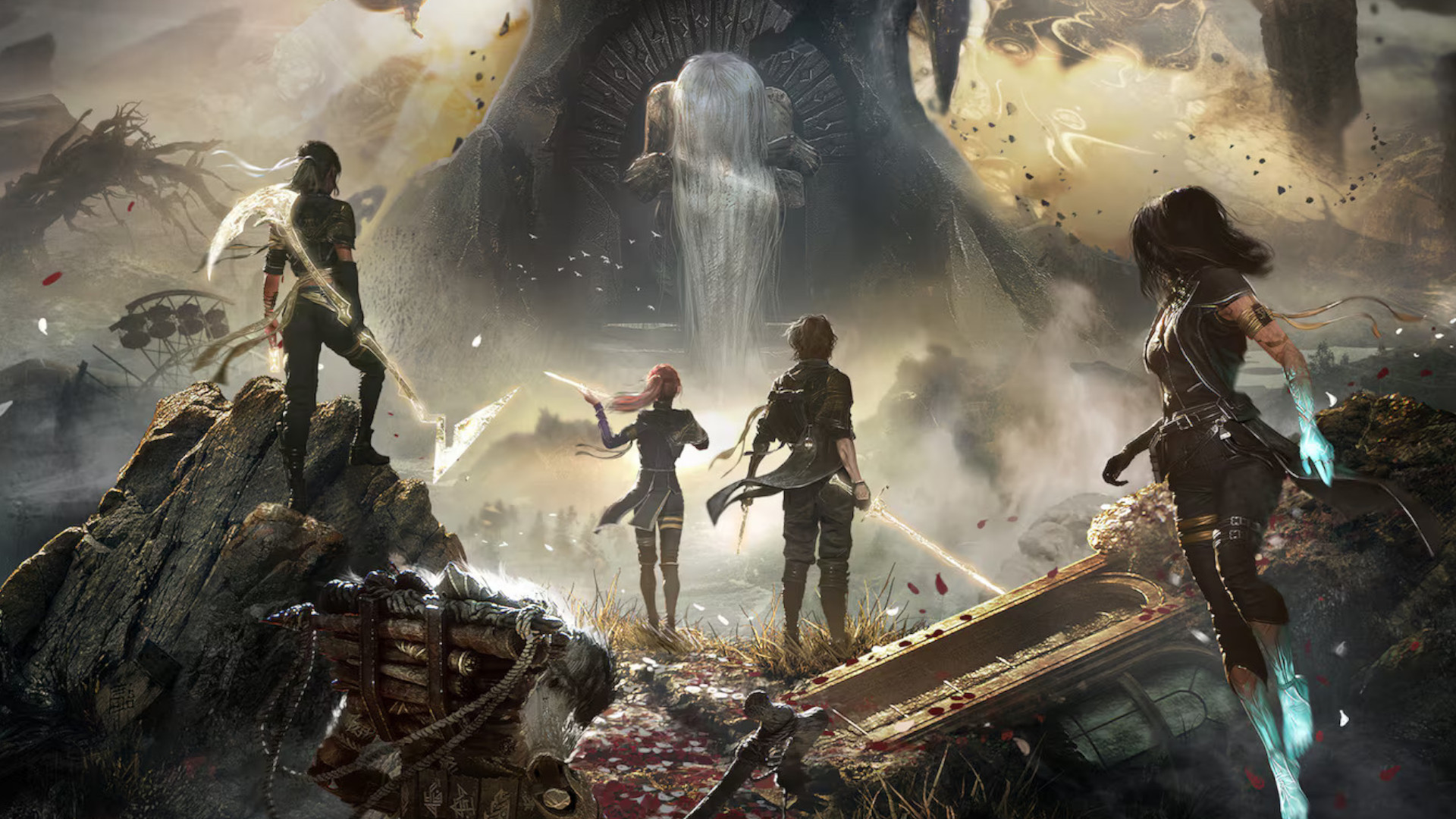Why you can trust GamesRadar+
Not that the music creation is complicated, it’s just much deeper than anything else in the game, and allows for a decent range of rhythm and melody application. You record four instruments separately, essentially being your own complete band. First you lay down your rhythm guitar track (with handy metronome to keep beat), by strumming across the strings with your stylus. You can change chords by holding a direction on the d-pad, as well as toggle distortion, and wiggle the whammy bar. You can pluck strings individually. You could lose hours just messing with the rhythm guitar.
But then you’ve got bass, which you can both pick and slap (by tapping the strings). And then you’ve got lead guitar, where you can bend strings to create bluesy or glam-y solos. Finally, you’ve got drums, where the whole set is displayed on the touch screen, and you can tap away to create any beats you want. The only real flaw in this mode is with the drums - you can’t hope to make a complex beat with just the stylus, and tapping the screen with your fingers doesn’t register consistently. Luckily, you can use the DS buttons, although it takes some getting used to.

More info
| Genre | Children's |
| Description | It's too bad that a fairly awesome music making game is hidden inside a package no self-respecting music-minded gamer would buy. |
| Platform | "DS" |
| US censor rating | "Everyone" |
| UK censor rating | "" |
| Release date | 1 January 1970 (US), 1 January 1970 (UK) |




